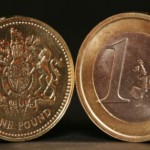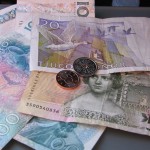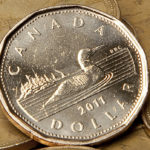The yen traded little changed against the US dollar after two days of advances as Bank of Japans policy makers kept monetary policy steady.
Having hit a session low at 103.97 at 03:45 GMT, USD/JPY erased earlier declines to trade little changed at 104.30 at 09:50 GMT, adding 0.01% for the day. Support was likely to be received at January 20th low, 103.87, while resistance was to be encountered at January 21st high, 104.75.
Bank of Japan policymakers kept their pledge to increase the monetary base by an annual 60 trillion to 70 trillion JPY (665 billion USD) at their policy meeting today, as the bank strives to achieve its target of a 2% inflation rate. The minutes of BoJ’s November policy meeting, released on December 20th, revealed that not all board members were confident that nation’s economic growth was on a long-term upward trend.
Following the decision, a statement by the central bank showed policy makers left unchanged their forecast that core inflation will accelerate to 1.9% in the year starting April 2015.
BoJs Governor Haruhiko Kuroda said in a press conference that the central bank will stick to its current policy, if downside risks dont come up. According to Kuroda, the downside risk to the nations economy is growth and receding to exceed potential after July.
The yen slid 18% last year on unprecedented monetary stimulus from the central bank of Japan.
Japan is in a process of recovery after a 15-year period of deflation.
Meanwhile, greenback’s demand continued to be supported by a recent batch of overall upbeat reports, which increased bets for further cuts in Fed stimulus.
Data showed on Friday that US home construction slowed less than analysts had projected, while industrial output expanded for a fifth consecutive month. Only the consumer sentiment came at a lower-than-expected reading in January, but this was not enough to change the overall market consensus that Fed will continue tapering throughout 2014.
Overall, the reports provided support to greenback’s demand, as they favored the view that the Federal Reserve Bank may continue tapering during the year. Central bank’s policy makers said on December 18th that they will reduce monthly asset purchases to $75 billion from $85 billion, underscoring improving labor market conditions.
The bank will probably continue to pare stimulus by $10 billion at each policy meeting before exiting the program in December, according to a Bloomberg News survey of 41 economists, conducted on January 10th. The Federal Open Market Committee is scheduled to meet next on January 28-29.
Elsewhere, AUD/USD climbed to a daily high at 0.8886 at 7:45 GMT, after which consolidation followed at 0.8876, surging 0.79% for the day. Support was likely to be received at January 21st low, 0.8776, while resistance was to be encountered at January 16th high, 0.8906.





